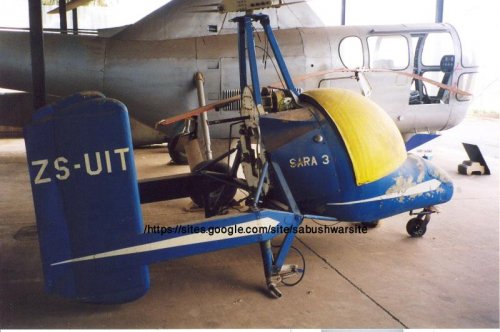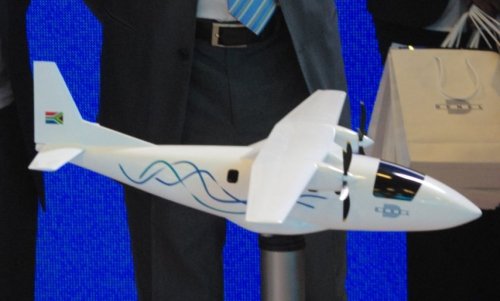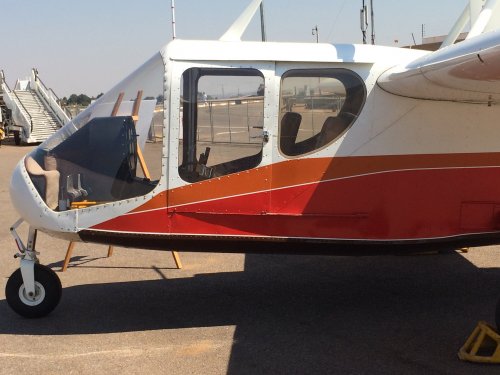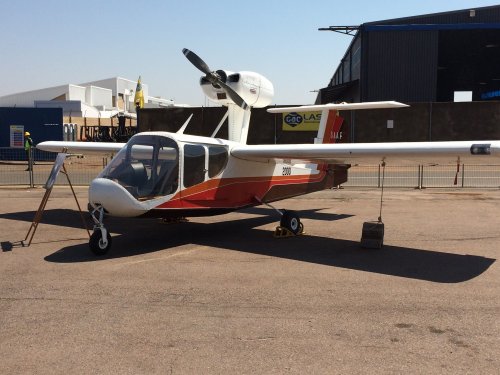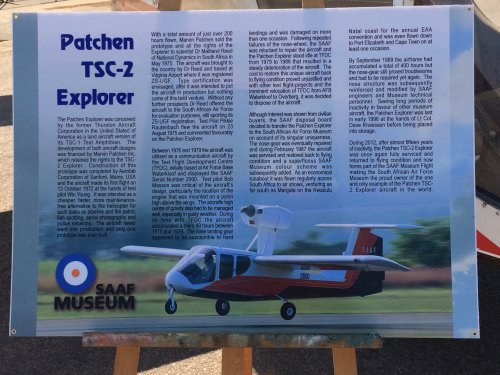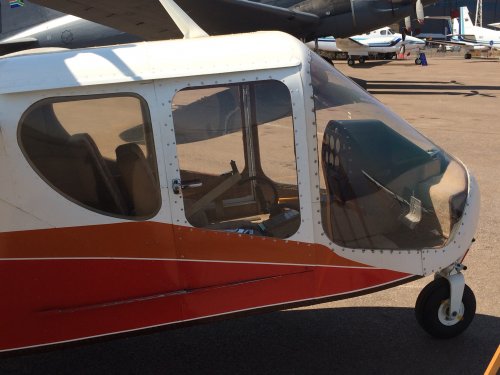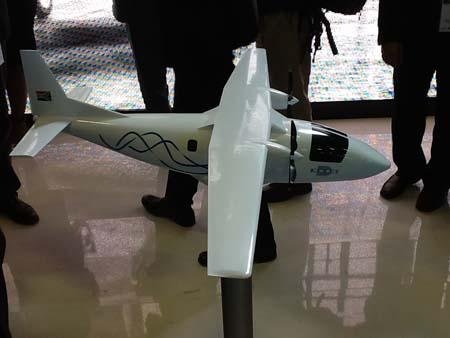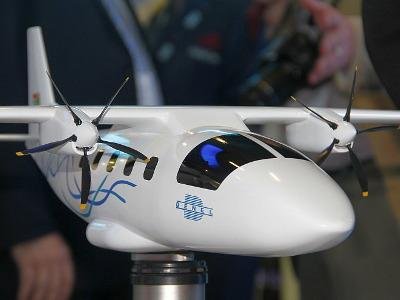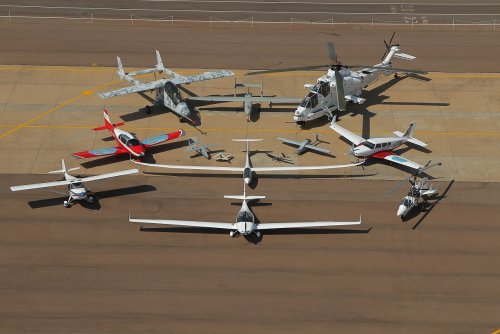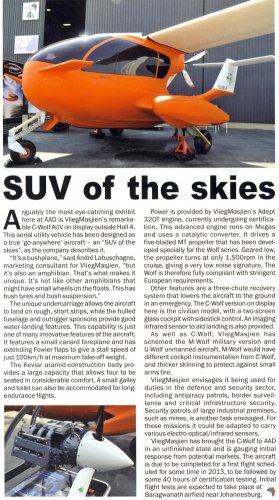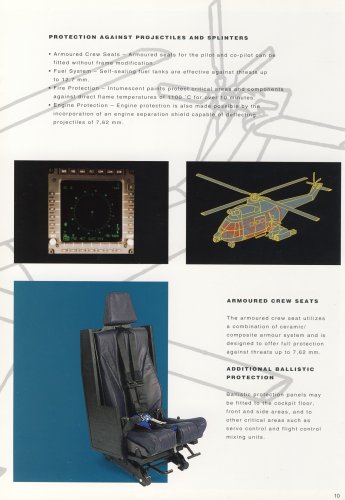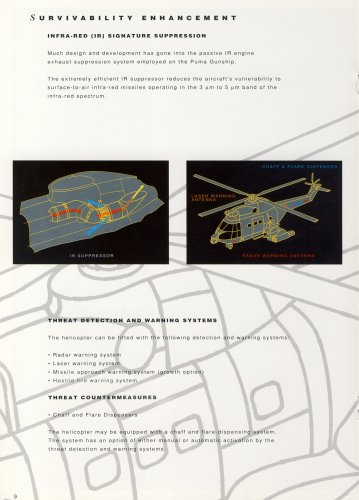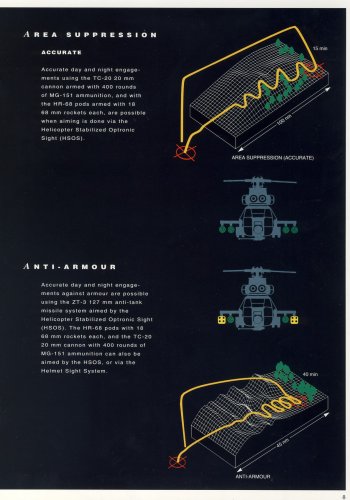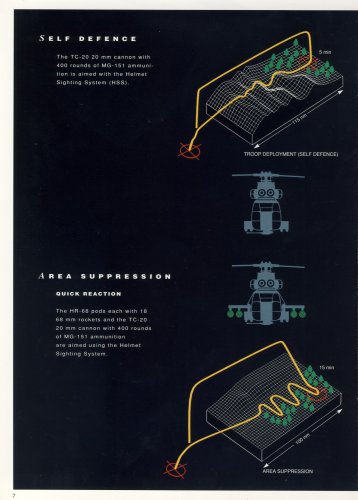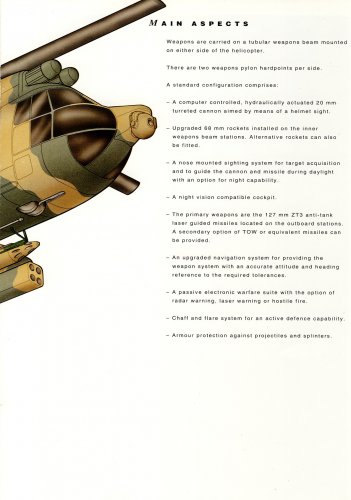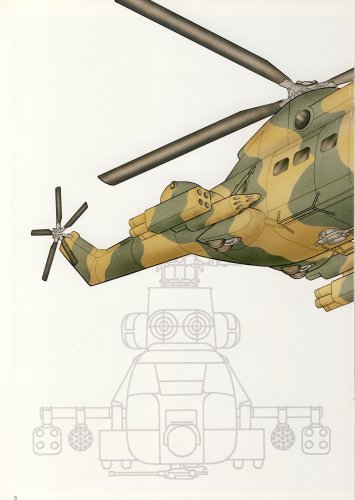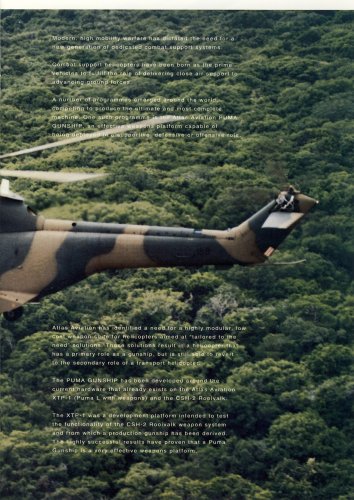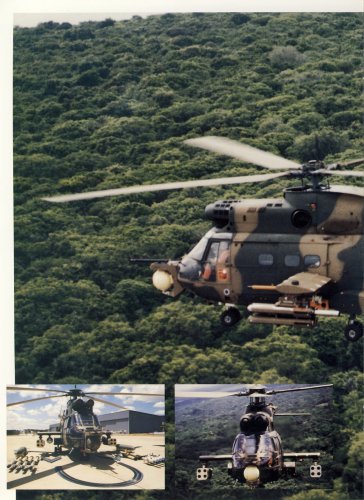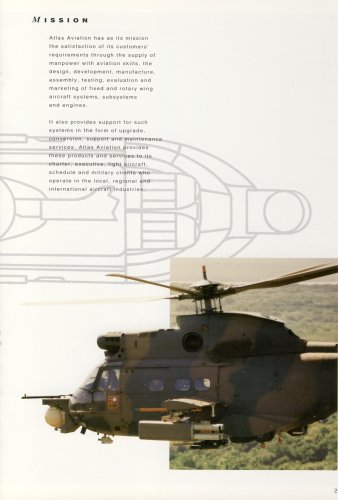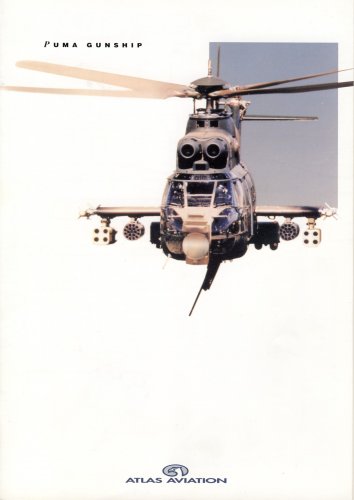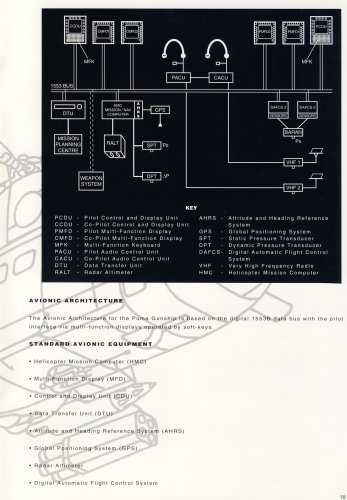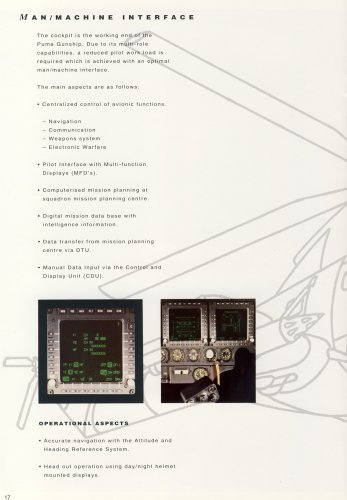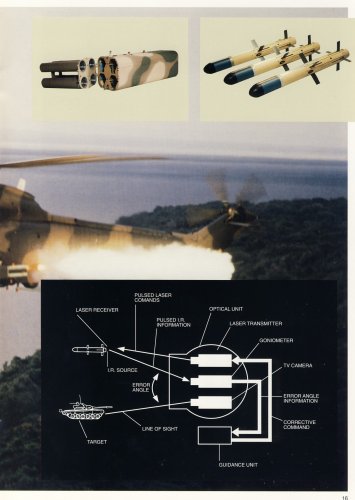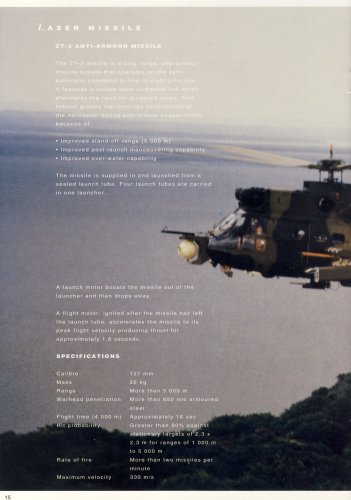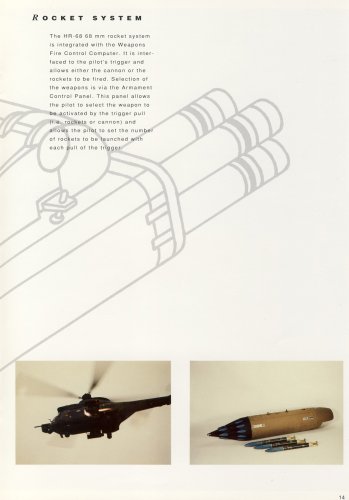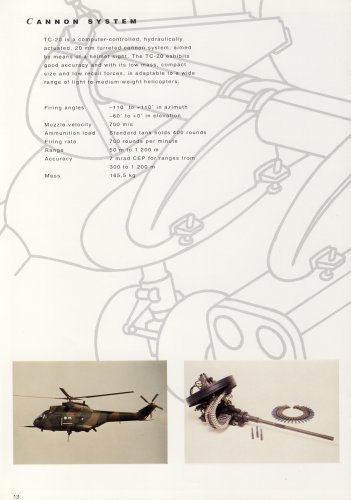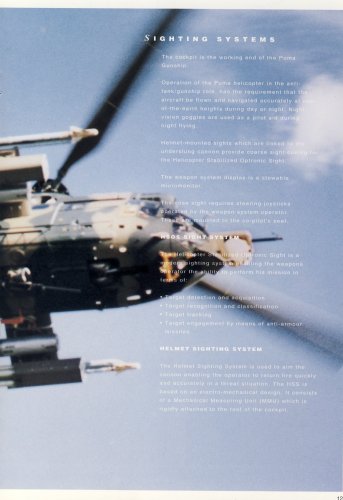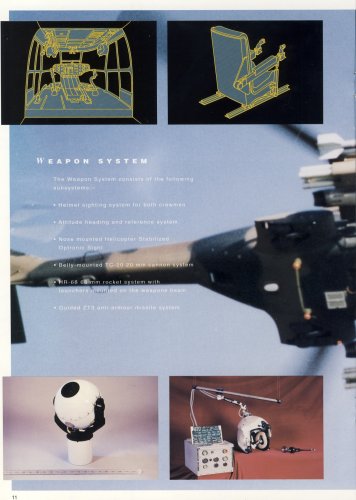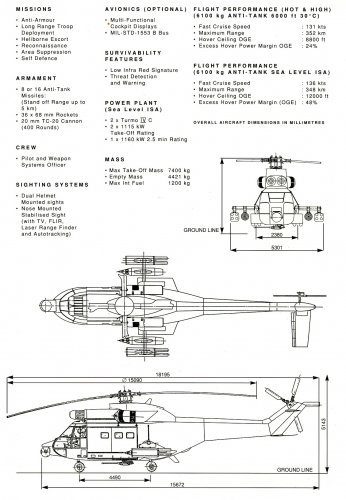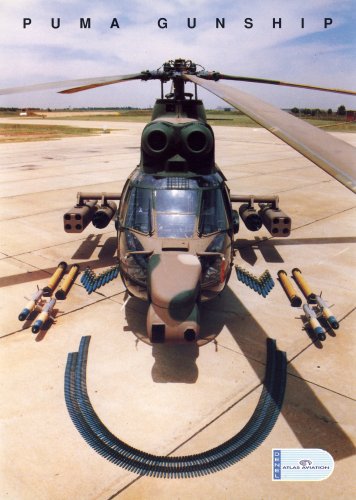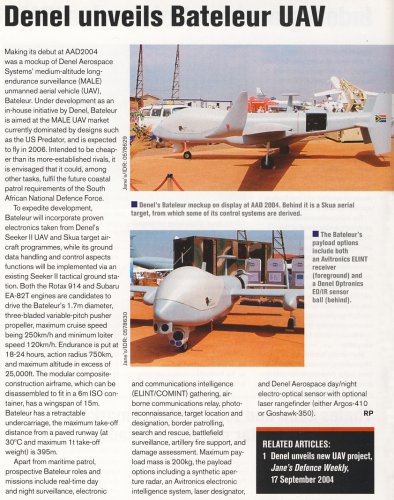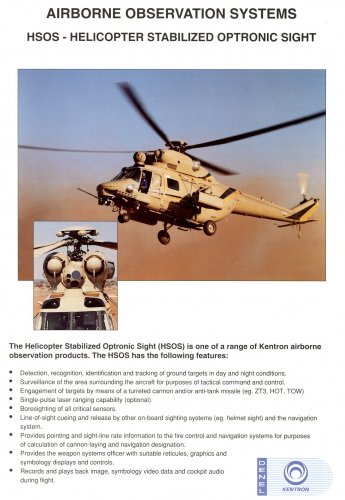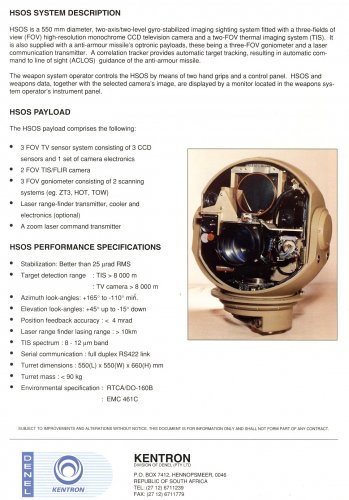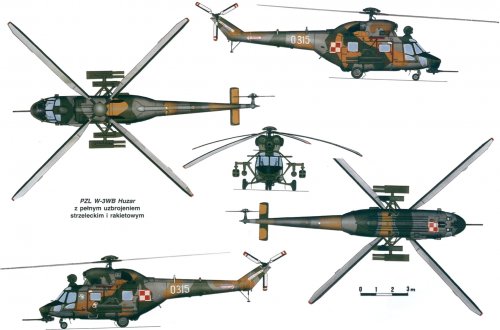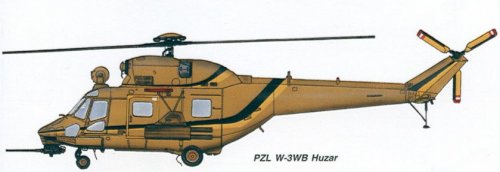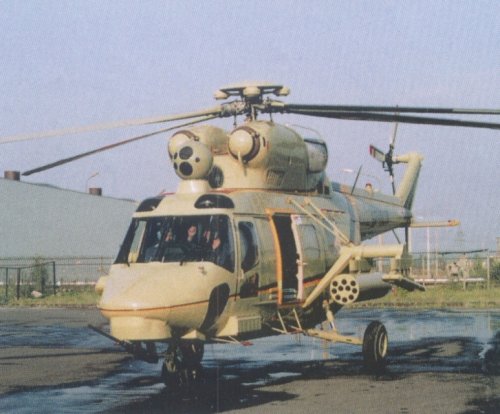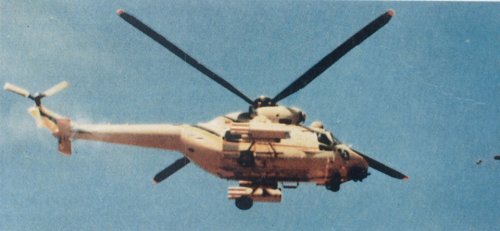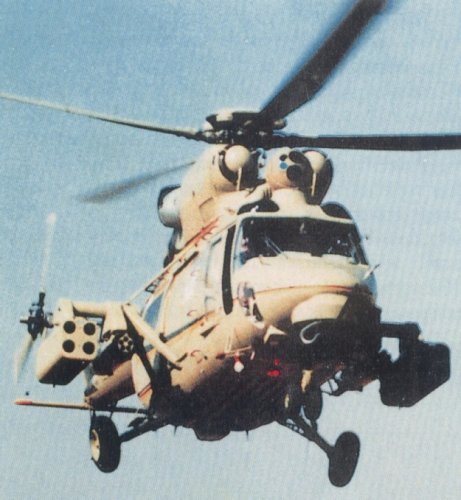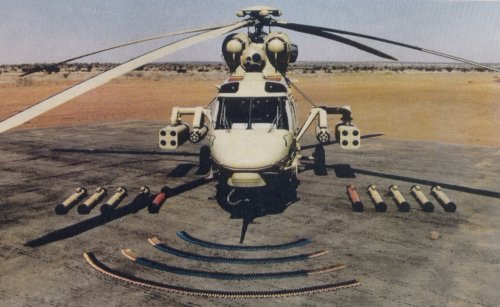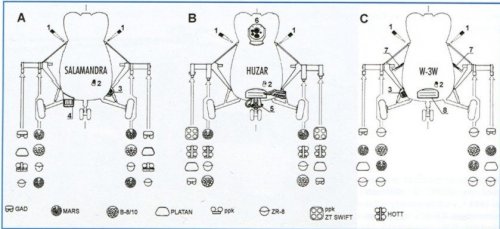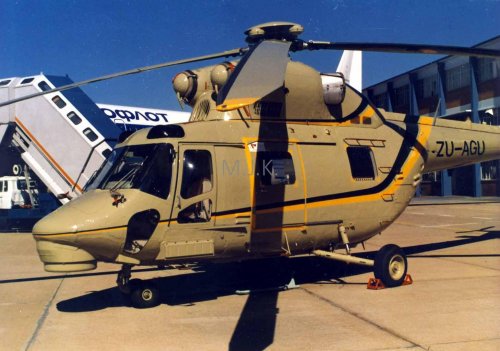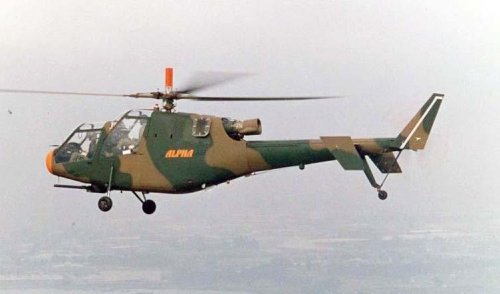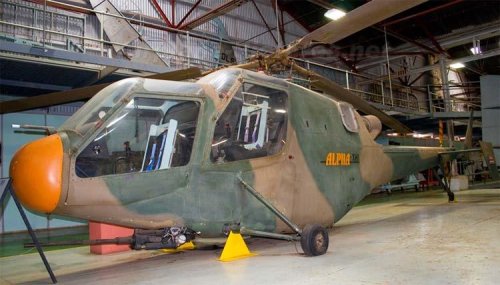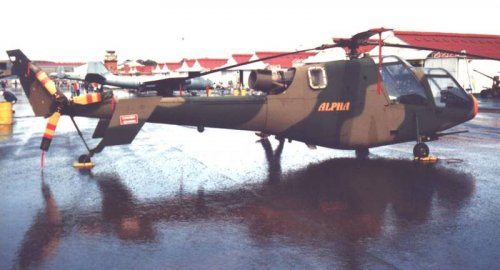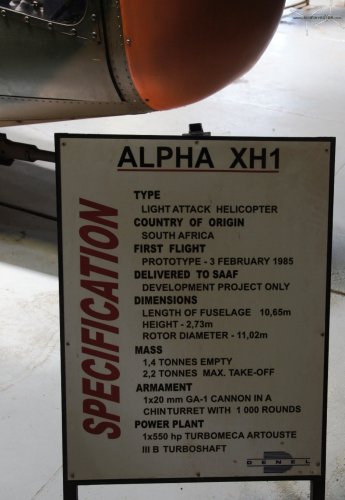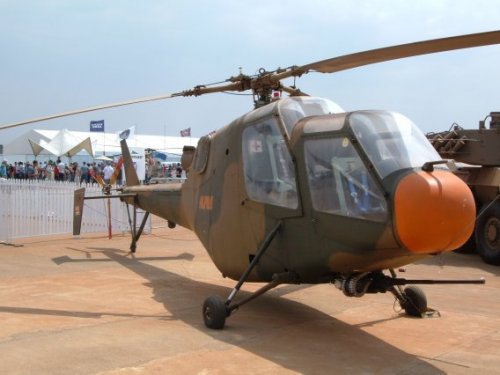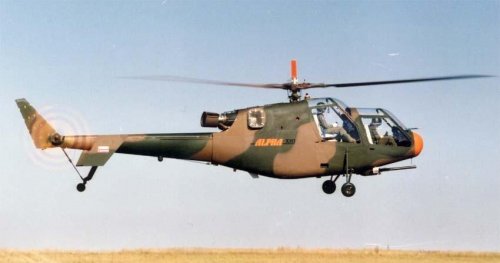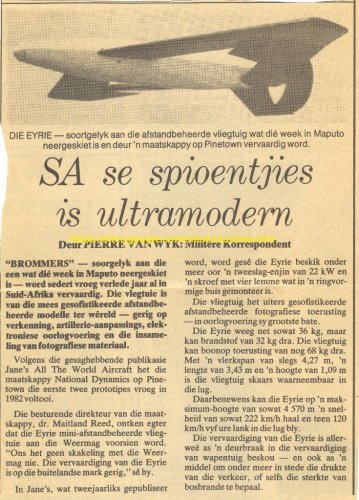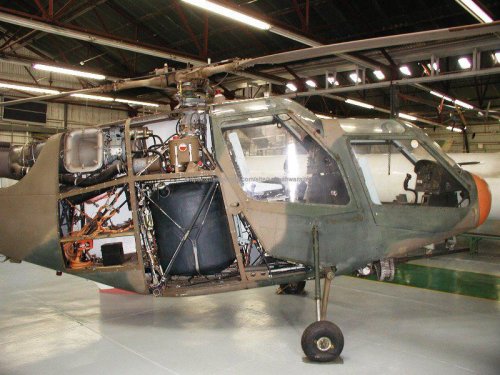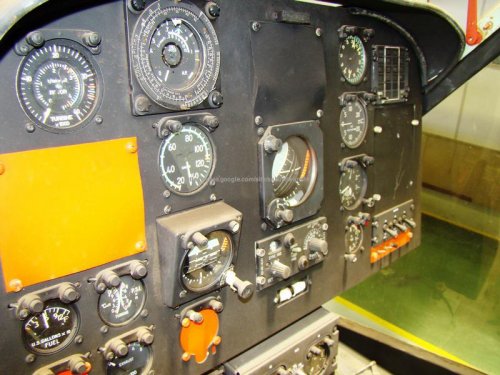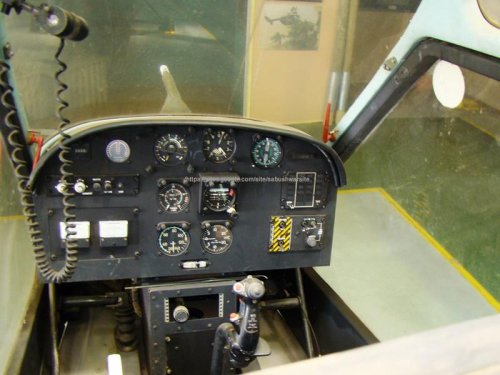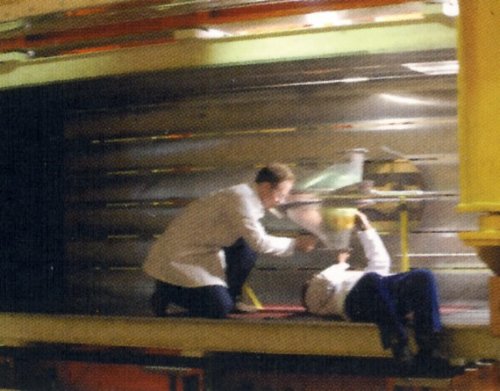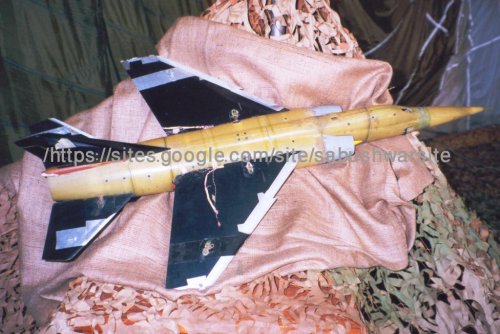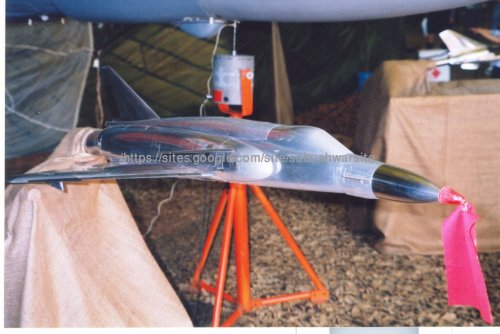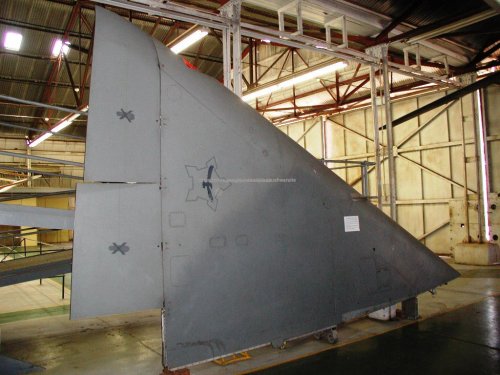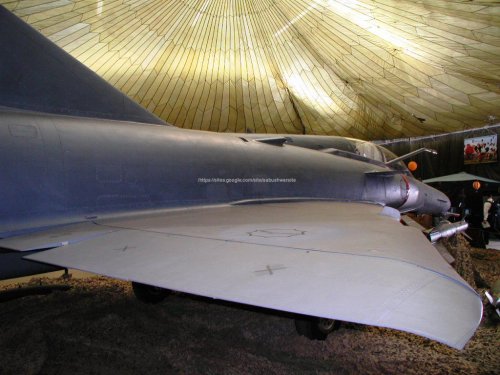- Joined
- 27 March 2006
- Messages
- 1,792
- Reaction score
- 1,299
Once again, excellent post Graugrun.
I was not even aware that an indigineous turboshaft engine was being worked on.
EDIT: Just as an aside on the engine development front, I have known about Project Ballast for a while, but not of the detail behind it.
It was more of a project to develope educational and core competencies with regard to gas turbine development, and thus would have been part of an overall existing programme. (Project Apartment for example started a decade earlier.)
It stretched back into the 1980's as far as I can ascertain, with different educational bodies focusing or specialising on various components.
For example:
https://ledger.wikispaces.com/BALLAST
Of course, the focus these days is fundamentally shifted to smaller work and maintenance, but you do gets little peeks, such as this, at what was clearly part of the local gas turbine effort.
I was not even aware that an indigineous turboshaft engine was being worked on.
EDIT: Just as an aside on the engine development front, I have known about Project Ballast for a while, but not of the detail behind it.
It was more of a project to develope educational and core competencies with regard to gas turbine development, and thus would have been part of an overall existing programme. (Project Apartment for example started a decade earlier.)
It stretched back into the 1980's as far as I can ascertain, with different educational bodies focusing or specialising on various components.
For example:
The approach is one of funding existing centres of expertise available throughout the tertiary educational system in South Africa, and to develop new ones where appropriate. This project has been running in various different guises from the late 1980’s and as such many of these centres both at research institutions and within academia have a long history with certain subsystems of gas turbine engines and this institutional memory is a key factor to be developed. Students move through the system, sometimes to be employed within the system, but mostly it is the institutional memory with the research institutes and academic staff whose building knowledge is the key to unlocking value to the SANDF.
https://ledger.wikispaces.com/BALLAST
Of course, the focus these days is fundamentally shifted to smaller work and maintenance, but you do gets little peeks, such as this, at what was clearly part of the local gas turbine effort.

